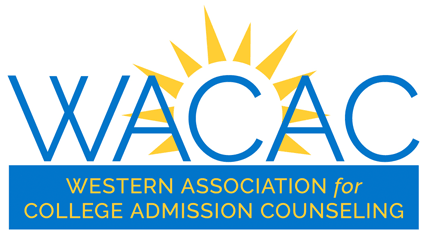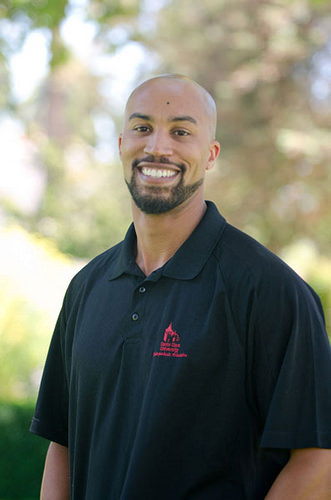Hello, my name is A.J. Williams, and this is my initial foray into a WACAC blog aimed at speaking to the Transfer perspective at a four year institution. The goal is to be able to speak to the joys, challenges, concerns, and questions of my colleagues on both sides of the desk: four-year and two-year schools.
My official title is Senior Associate Director / Transfer Coordinator for Santa Clara University’s Office of Undergraduate Admission, but I rarely say all that because as you can see it’s quite a mouthful. Much like the transfer process here at SCU, I try to keep things simple, and so I go by A.J., or Mr. Williams.
I have been solely in charge of, or overseen, the transfer process of our office for the last three years, although I work very closely with our Director of International Recruitment for the review of international students. Prior to that, I was the co-lead of the transfer process for several years with a former colleague. But from the very start of my ten years at Santa Clara I have worked with the transfer population (back in the days of purple folders!). We made the transition to a sole reader system, at my suggestion, because as many of my colleagues at the four year level might relate to, trying to get my colleagues enthused and excited about the task of reading transfer files was a task akin to the pulling of teeth.
Let’s be honest, transfer review is more messy and time-consuming than first-year review. No one liked the seemingly mundane tasks of going through one or -more often than not- several transcripts attempting to cross-out non-transferable courses and recalculate a coherent and cumulative GPA; especially when dealing with a mix of semester and quarter system schools. All of this was in addition to a holistic personal review in which we read the essay and letters of recommendations, reviewed extracurricular activities, etc. Oh, and did I mention that this all took place concurrently with the freshmen, or First-Year, review process? So in many ways, my colleague’s trepidations were completely understandable.
Luckily, depending upon your perspective I guess, Santa Clara is in a position where we bring in a much smaller transfer cohort, respectively, compared to many of our regional counterparts. As where some schools bring in 500-1,500 transfers annually, our annual transfer goals are in the 175-200 range. And we see an annual transfer applicant pool of anywhere from 700-1,000 applications to get that number. So it seemed to me like a manageable task to take on as a sole reader, while also managing a smaller first-year territory.
But of course we’ve simplified the evaluation process a bit; it is now entirely online, we take transcripts at face-value for GPA and courses completed, allowing the true experts over in the Registrar’s office to decipher what transfers and what does not, and only for admitted students. Close attention is still paid to the qualitative work of the courses completed as well as the student’s overall academic trend.
Being a private institution, I definitely feel as though we benefit from being able to operate with a bit of autonomy in terms of our transfer process. Students do not need 60 units in order to apply. We attempt to make things as easy and transparent as possible for our transfer applicants by providing them -upfront and online- with recommended coursework and GPA’s for entry into our three undergraduate academic divisions, we offer transfer guides for several CA Community Colleges, and while it is a holistic review we are pretty straight-forward with applicants in explaining that the transfer review is very academically driven. Essentially it comes down to: (1) Have you taken the courses we recommended? (2) How have you done, or how competitive are you overall? And (3) do we have space?
Be that as it may, you’d be surprised –or not- by some of the questions we still receive. But that is a topic for another time and another post.
Phew! This is all a bit cathartic; in a good way. Alas my time is up, and I must get off the couch. I look forward to our next session.

